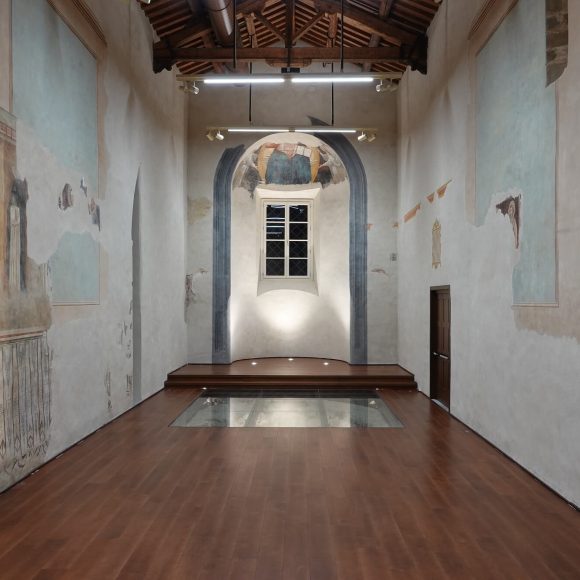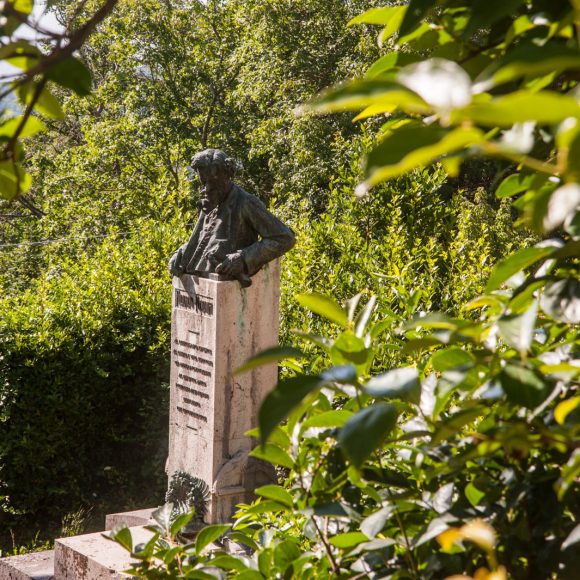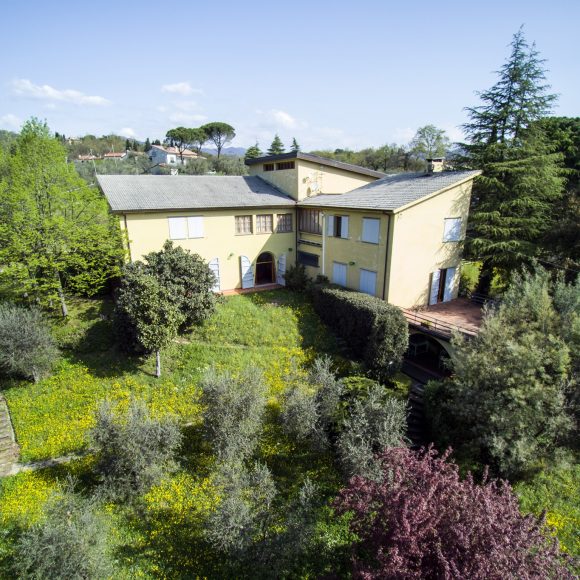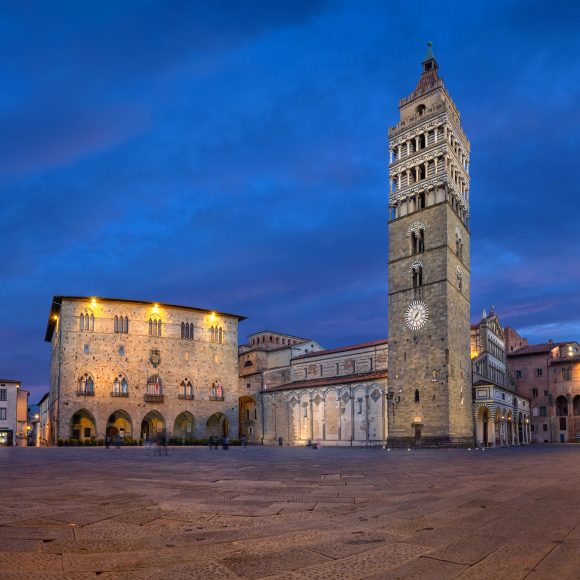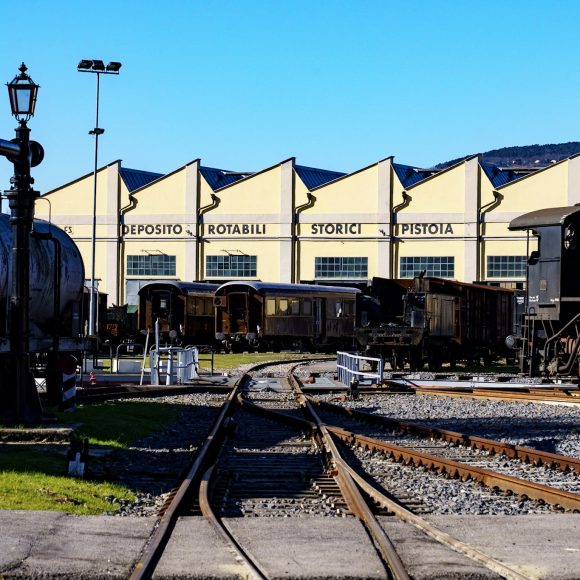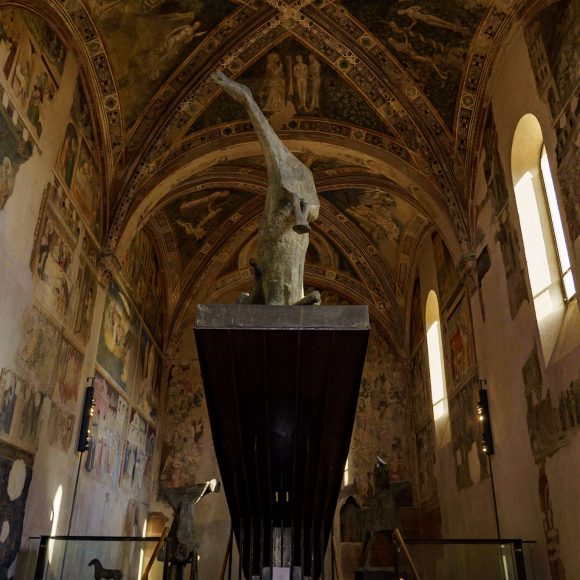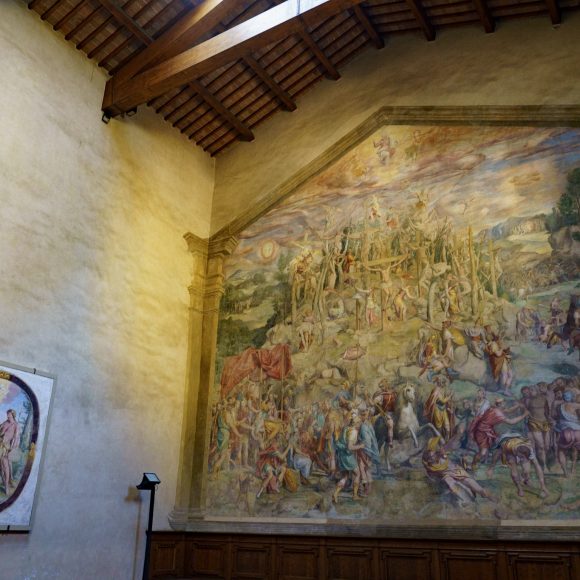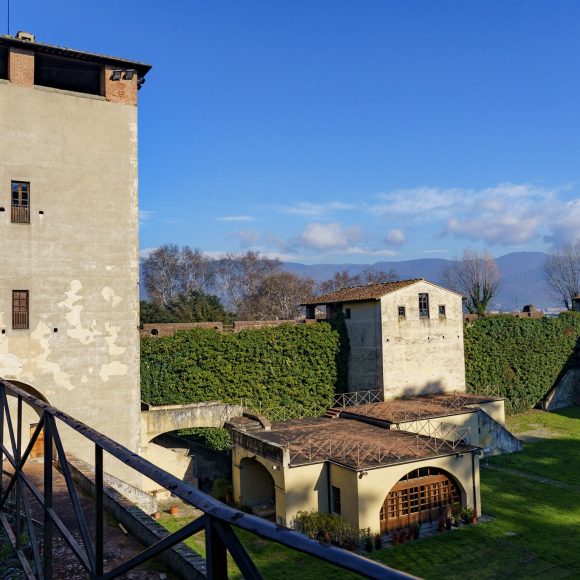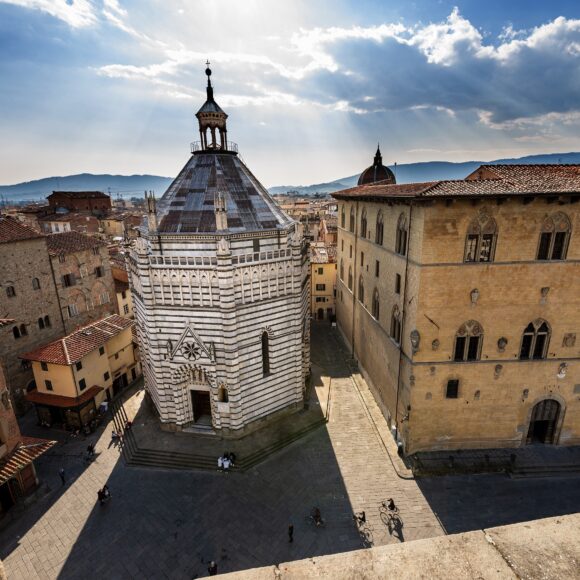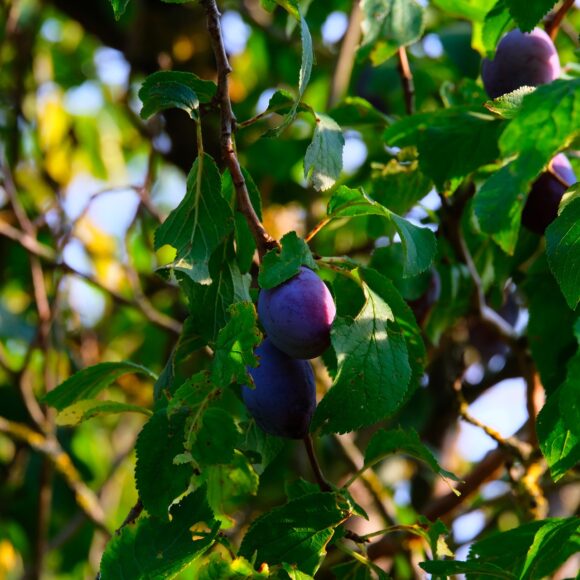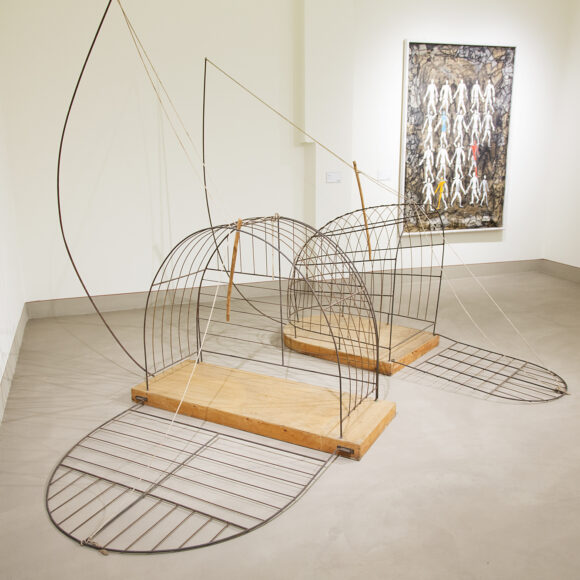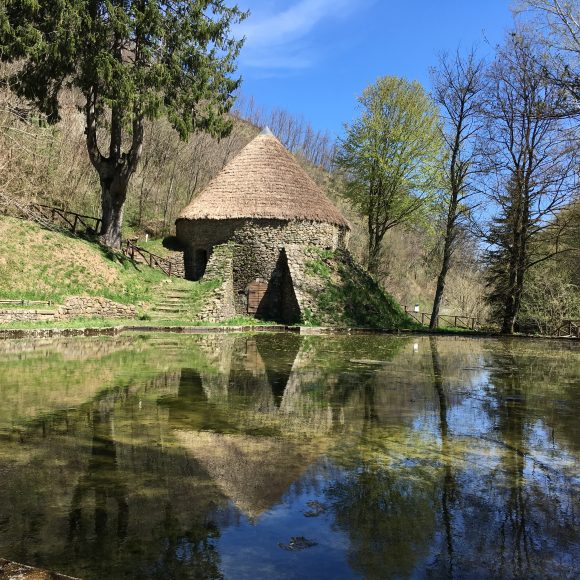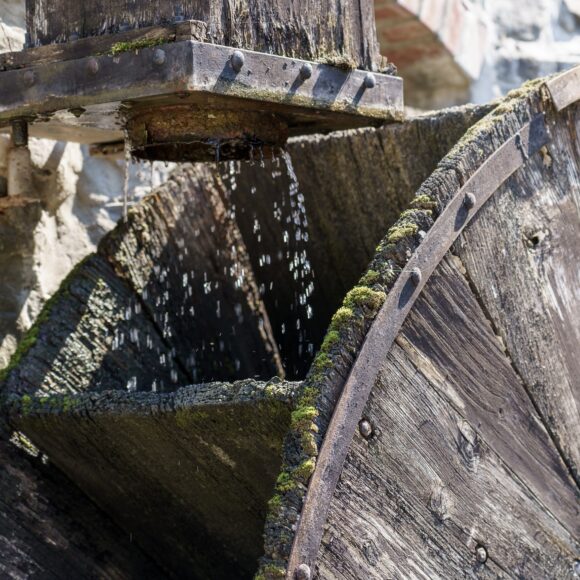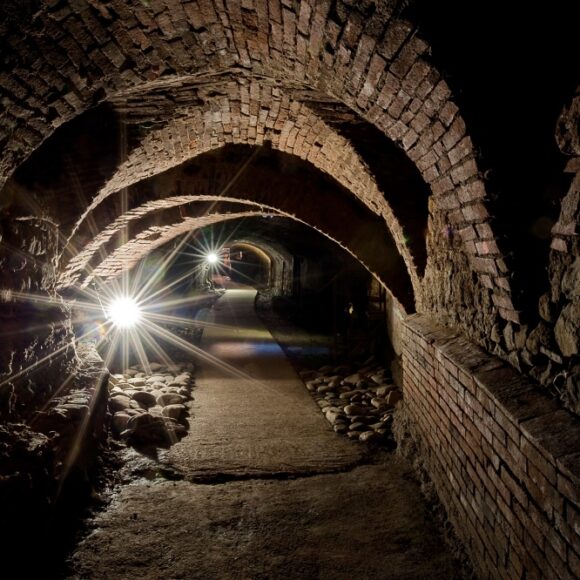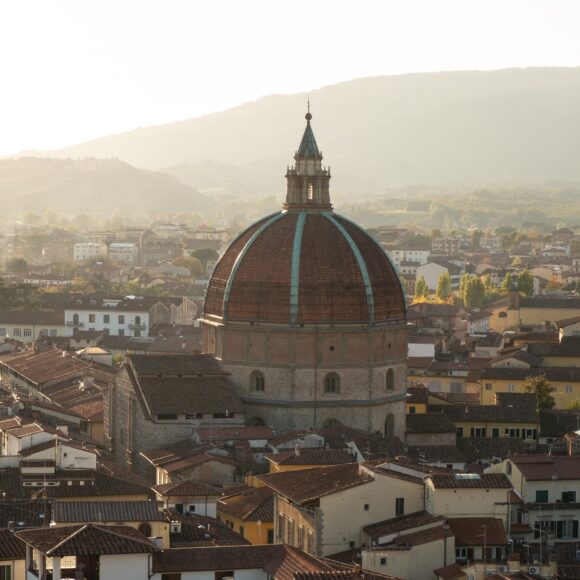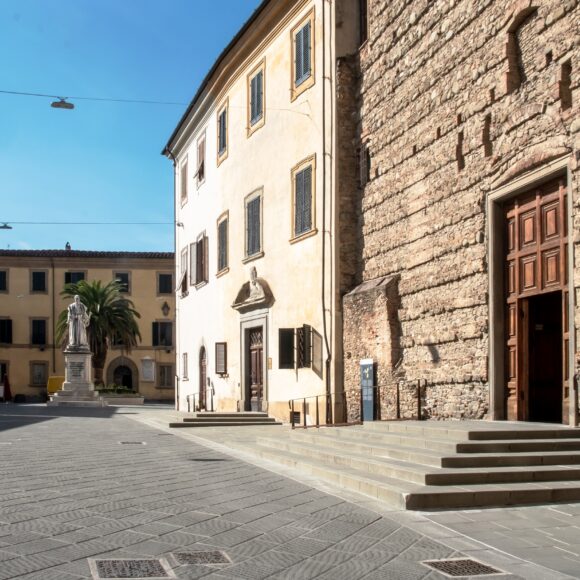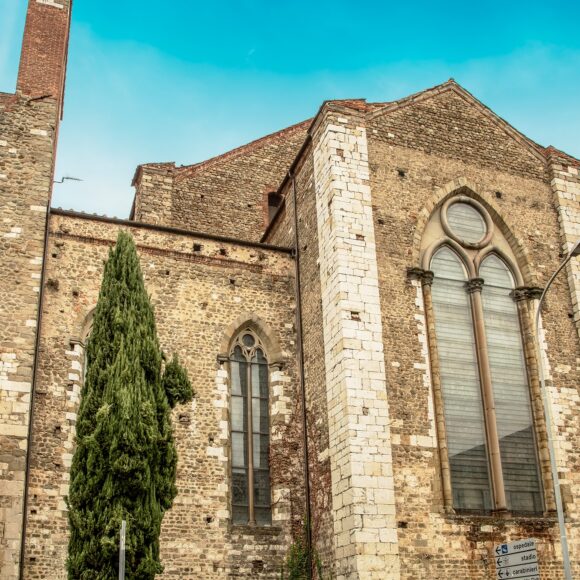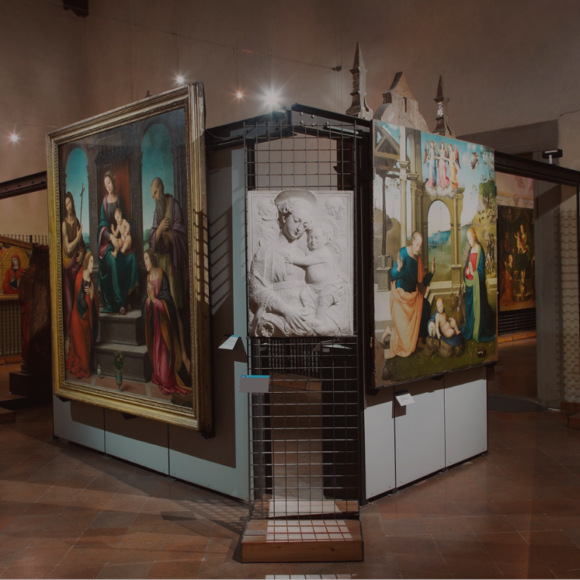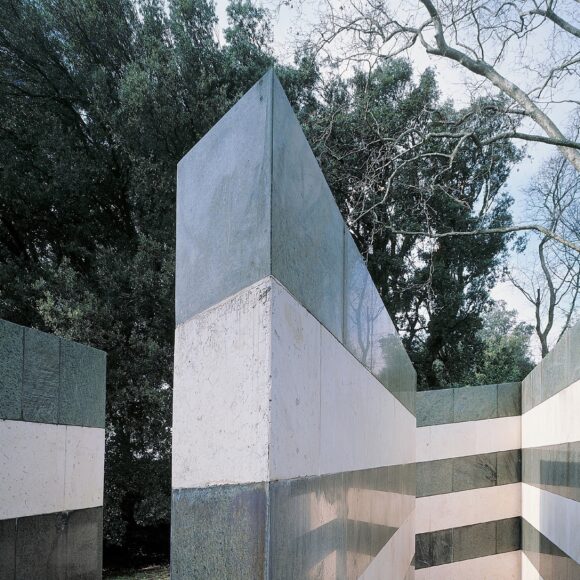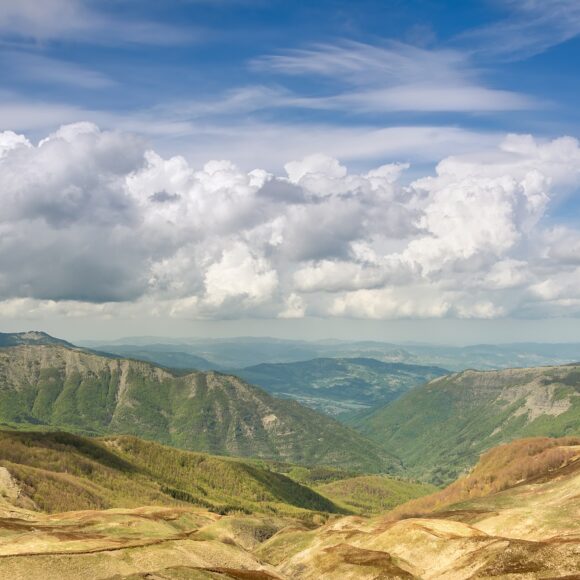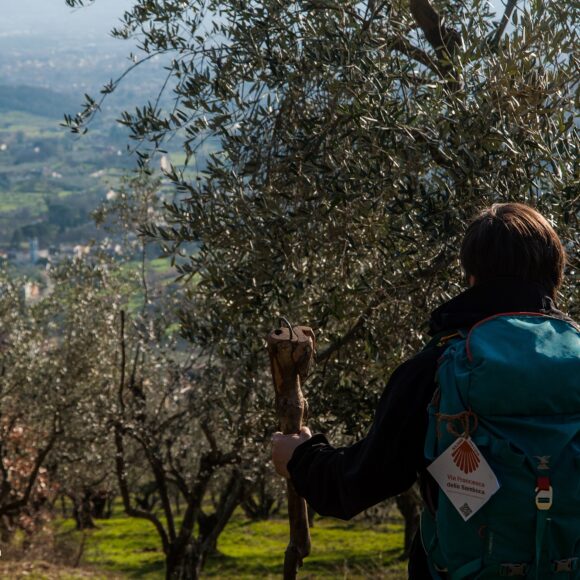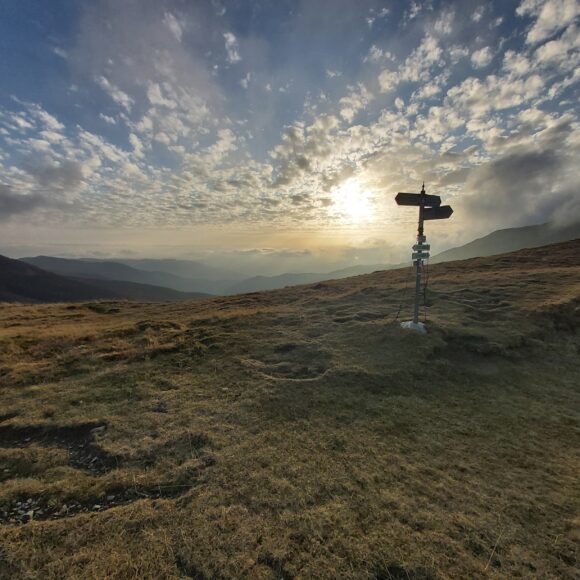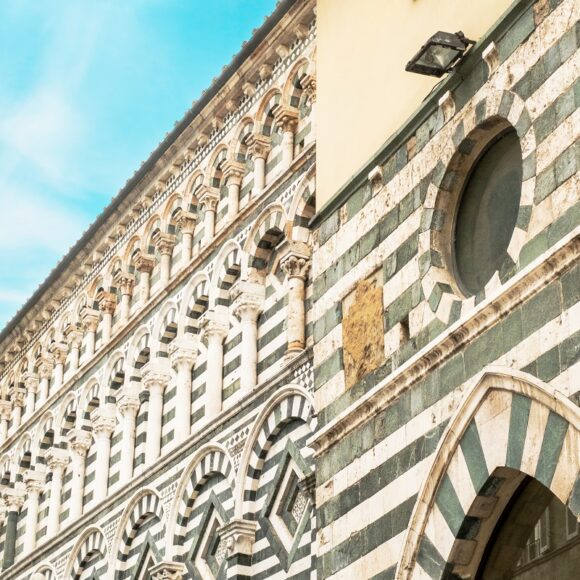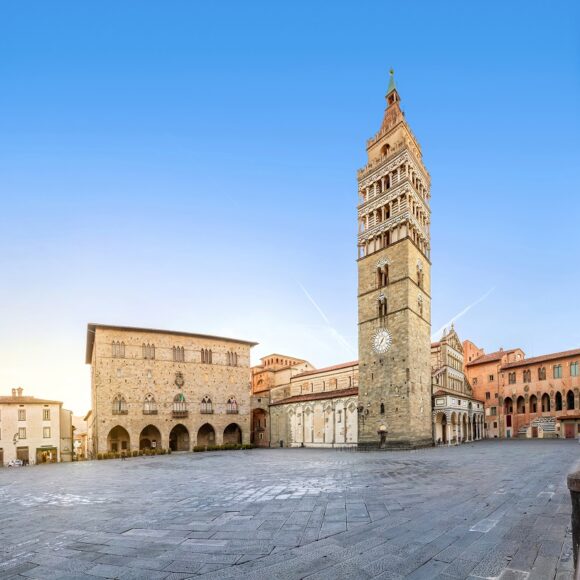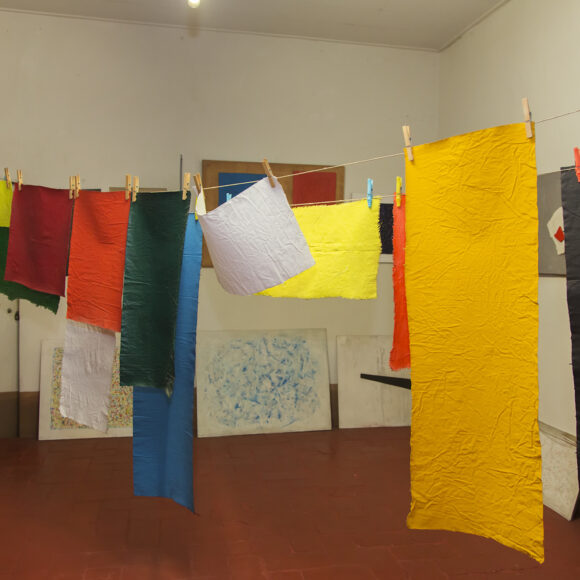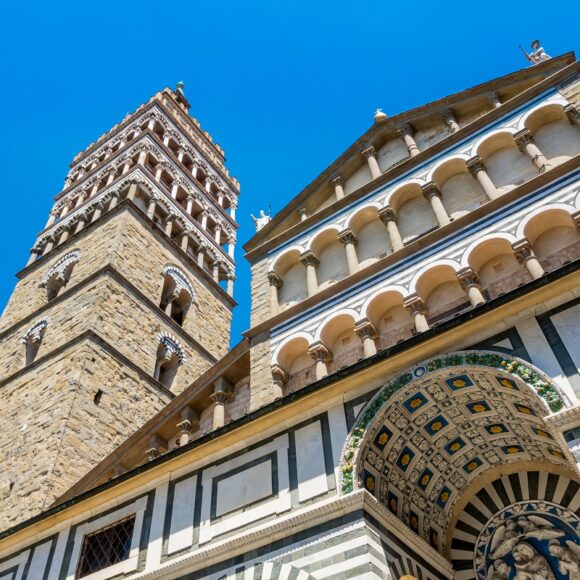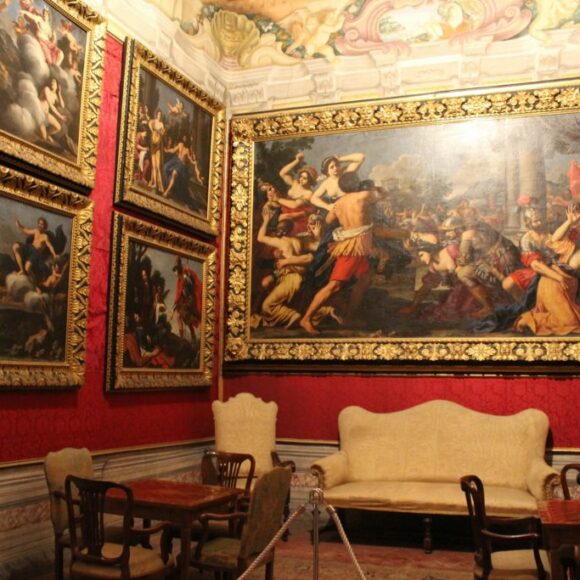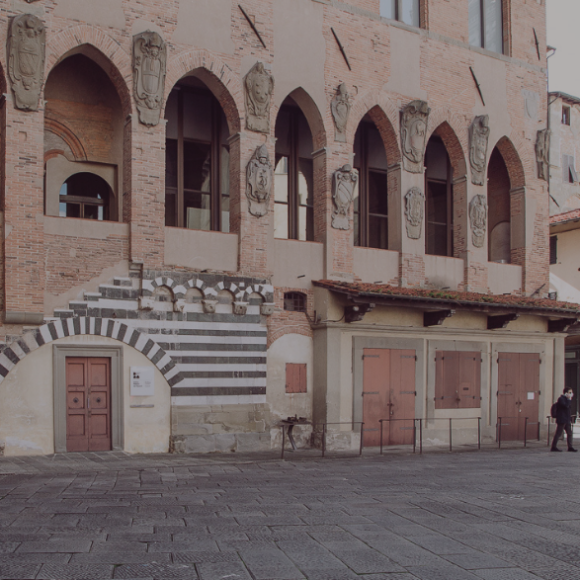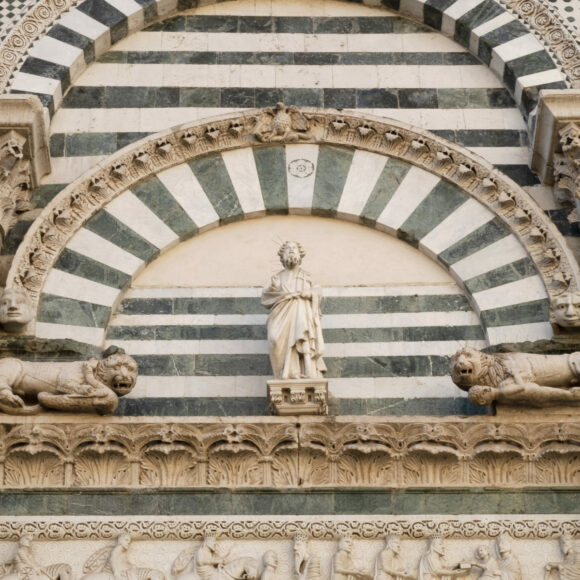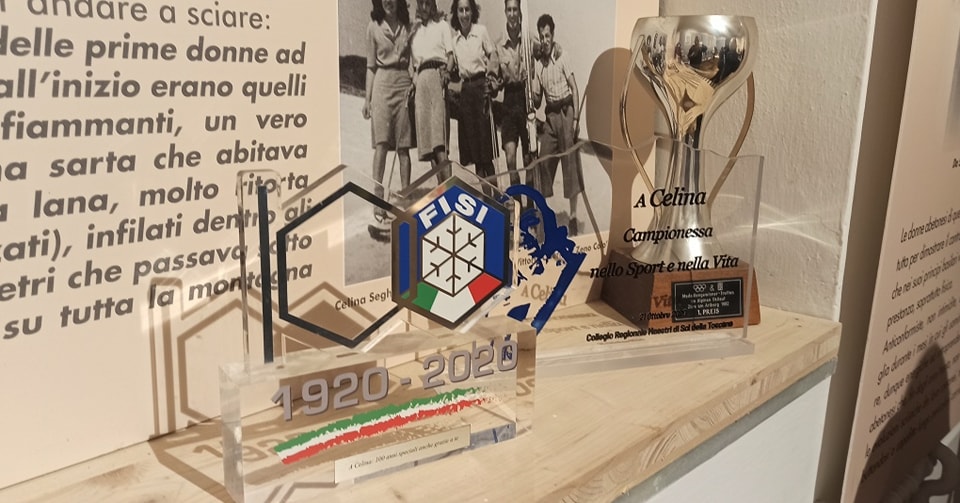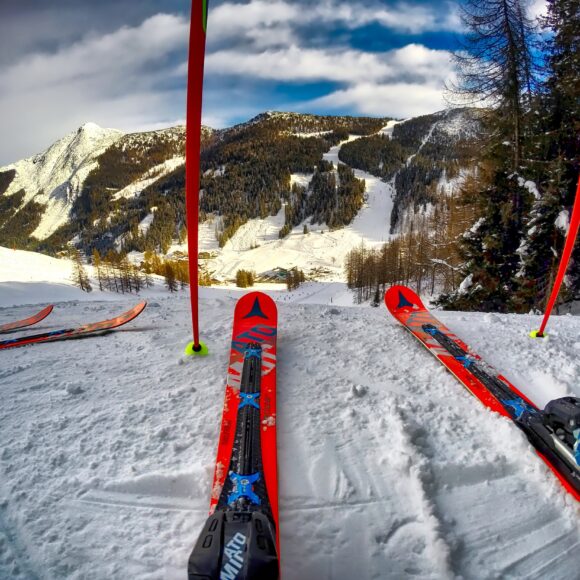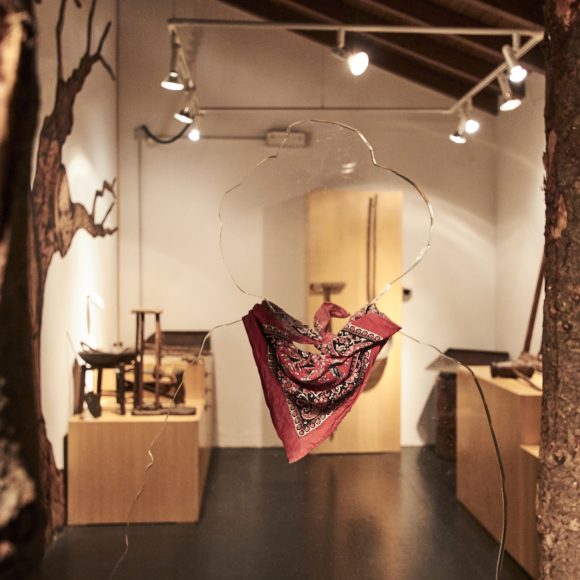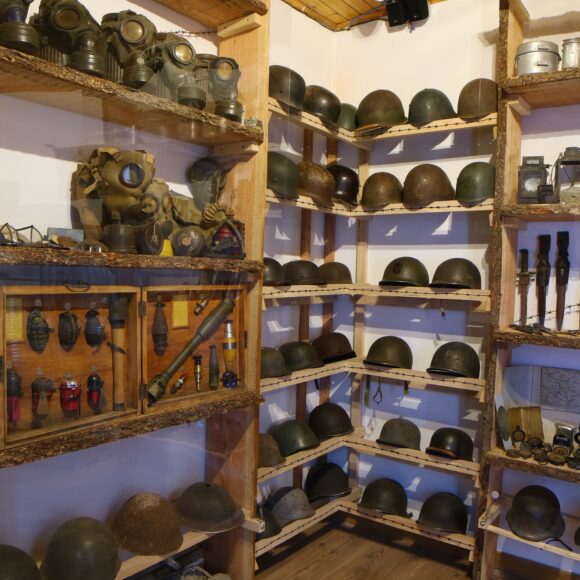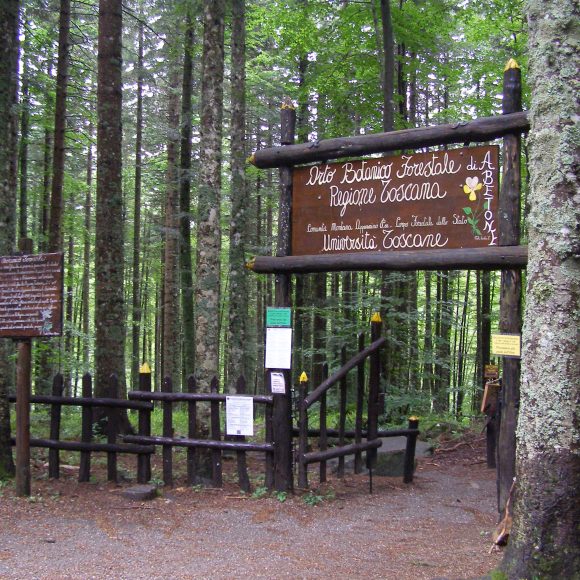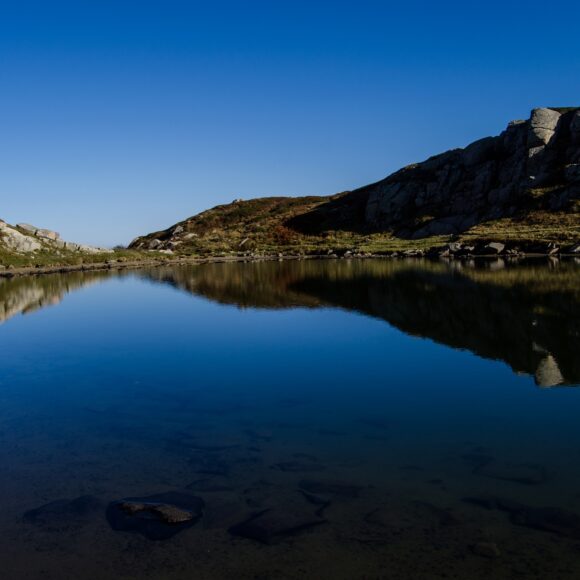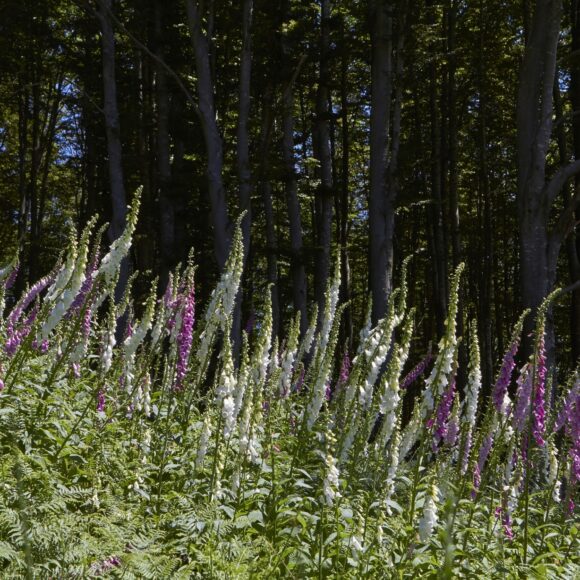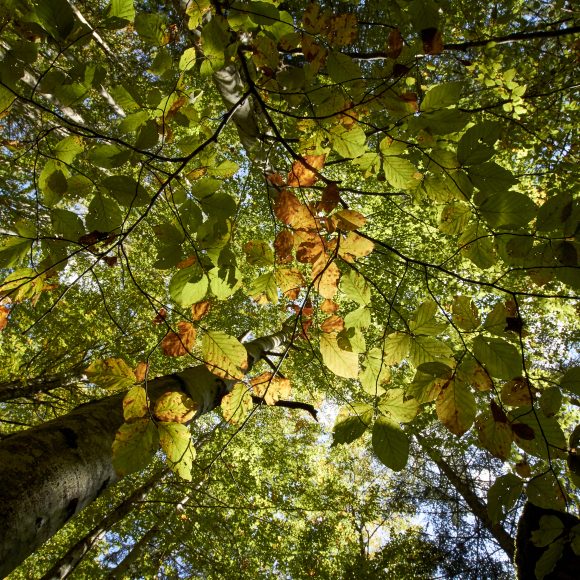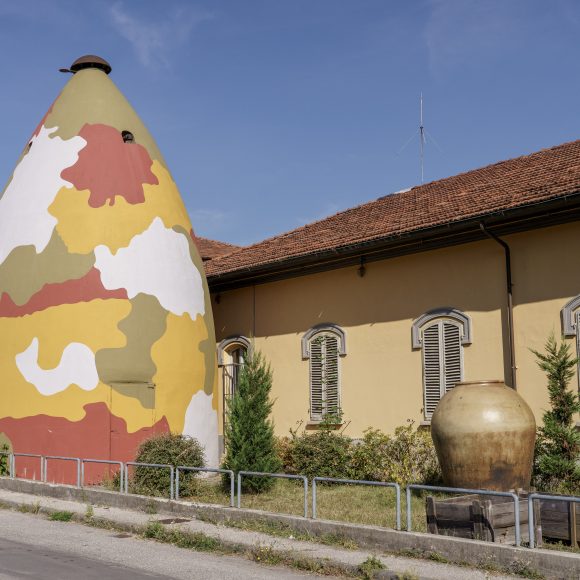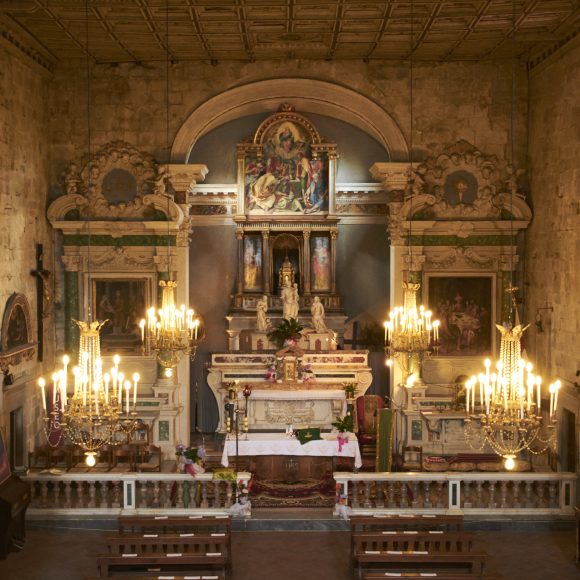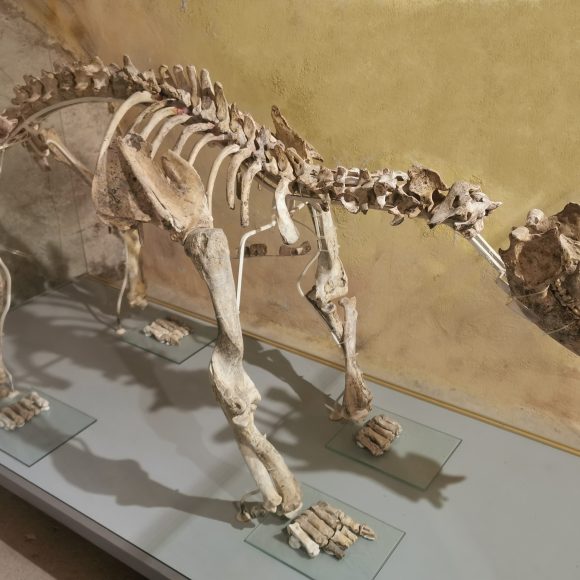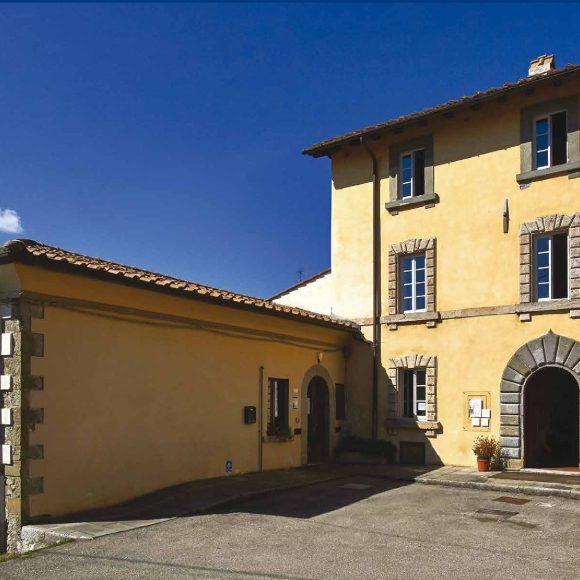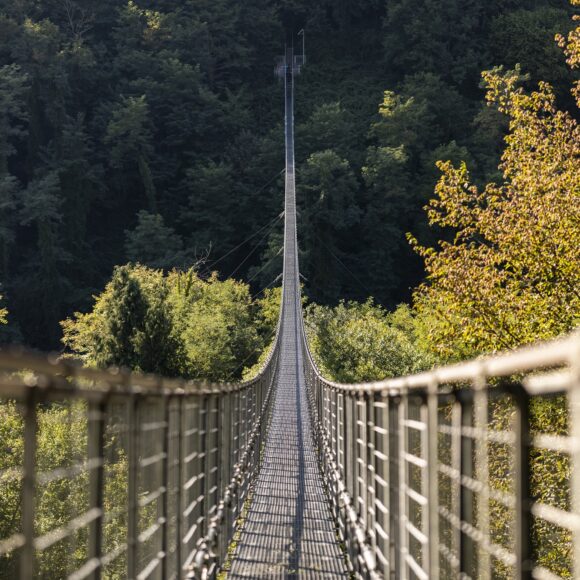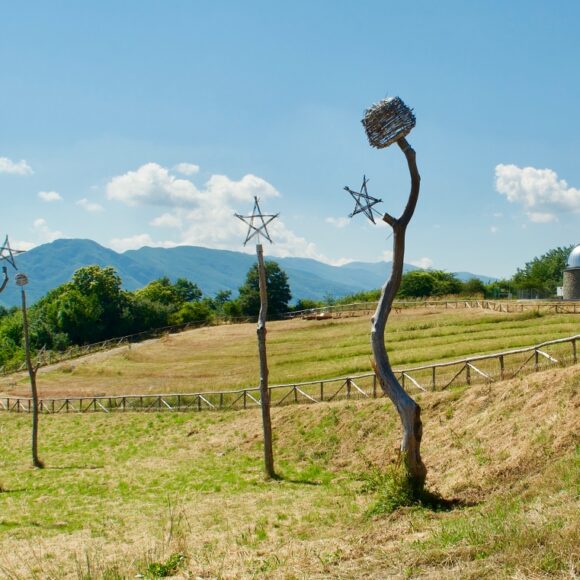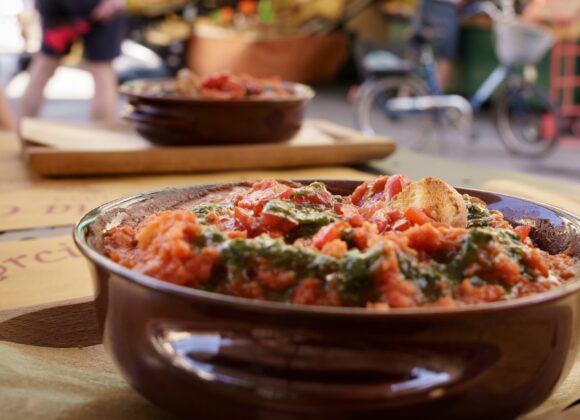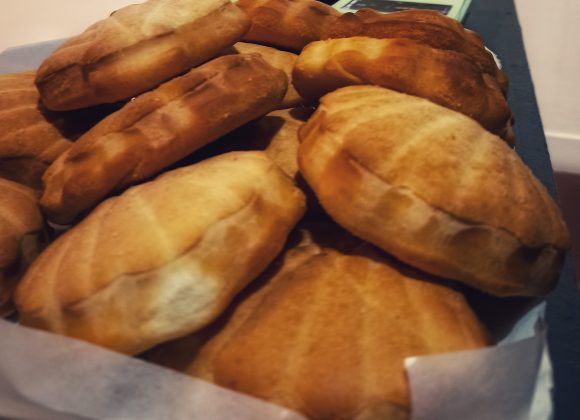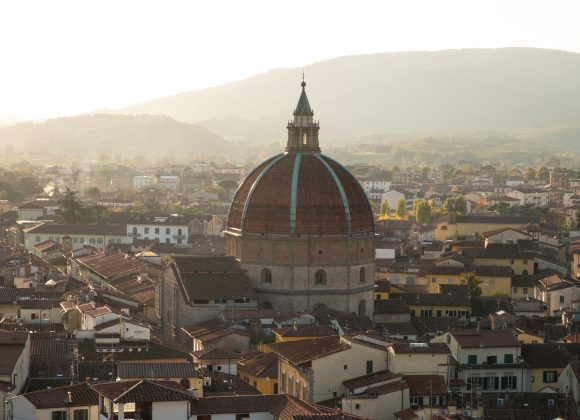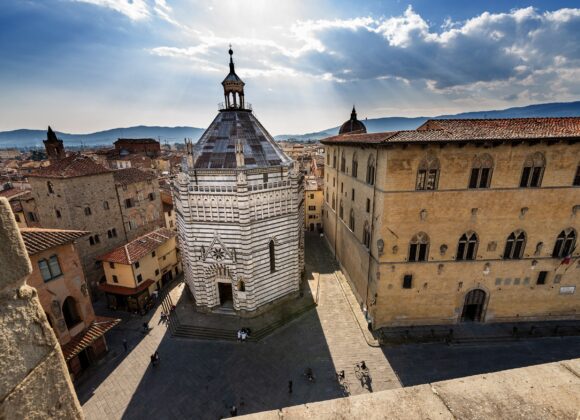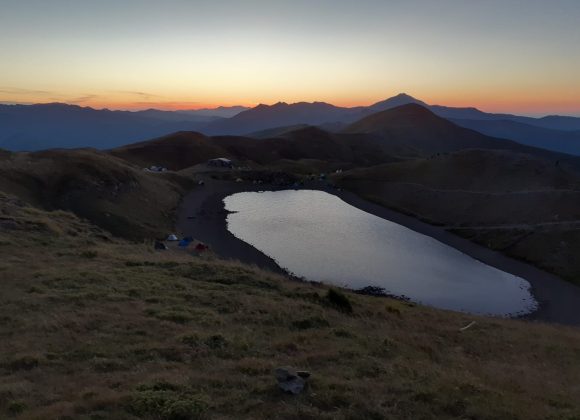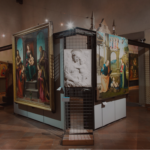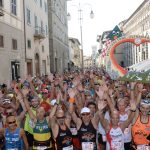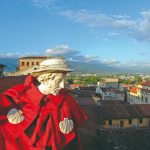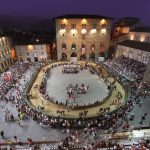Pistoia, crossroads of pilgrimage routes
Five ancient routes through history, faith, art, and nature
PistoiaAbetone CutiglianoSambuca PistoieseSan Marcello PiteglioSerravalle Pistoiese
In Pistoia and the Pistoia Mountains, five pilgrimage routes intertwine, offering a unique experience that blends history, tradition, and unspoiled landscapes.
Walking along an ancient pilgrimage route is not only a spiritual experience, but also a sustainable journey through cultures, traditions, and landscapes. It’s an authentic and respectful way to connect with the villages along the path, following gestures and rituals passed down through the centuries.
Pistoia, with its mountainous region, is an ideal destination for those seeking a journey immersed in nature and reflection. Here, five historic routes intersect, touch, and overlap—offering a unique experience that blends history, tradition, and unspoiled landscapes.
To fully immerse yourself in the beauty of Pistoia and its surroundings, explore the Experiences section, where you’ll find trekking, guided tours, and many other activities.
The Routes
Via Romea Strata
Via Romea Germanica Imperiale
Cammino di San Bartolomeo
Cammino di San Jacopo
Via Francesca della Sambuca
Via Romea Strata
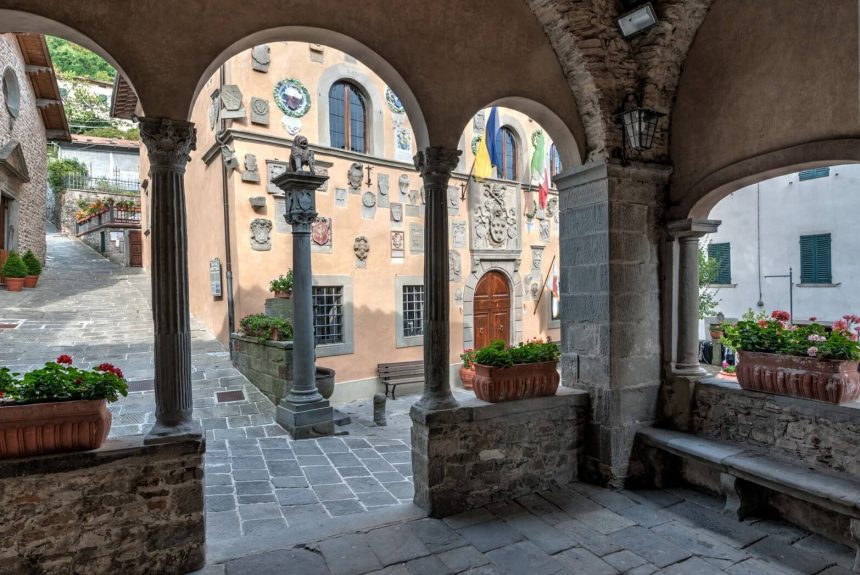
From Passo della Croce Arcana to Fucecchio (Tuscan section) – 5 stages – 102.5 km
Once a major European route, now restored and made accessible, the Via Romea Strata begins at the Baltic Sea and crosses Estonia, Latvia, Lithuania, Poland, the Czech Republic, and Austria, before entering Italy by crossing the Alps.
Click here to learn more about the Via Romea Strata.
Via Romea Germanica Imperiale
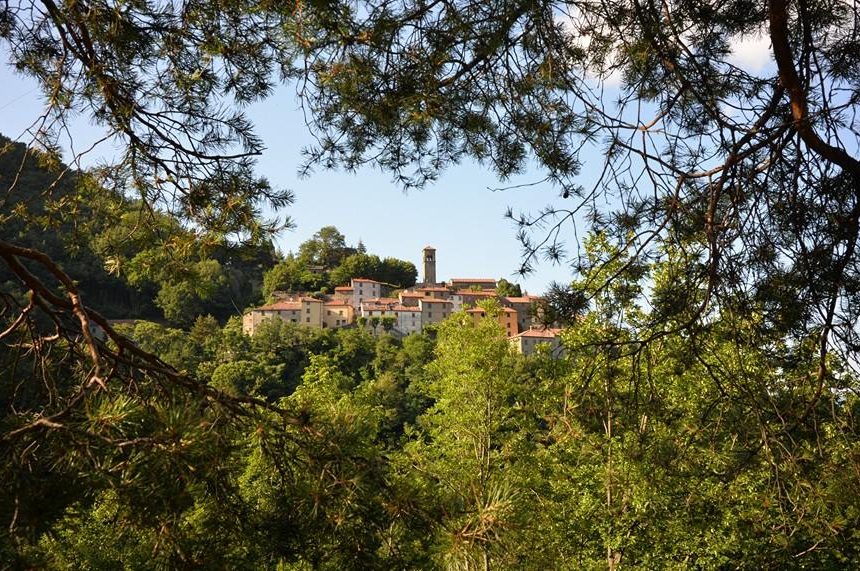
From Fiumalbo to Arezzo (Tuscan section) – 9 stages – 209.8 km
A journey through beauty, intersecting with many other pilgrimage routes. The Via Romea Germanica Imperiale passes through art cities, historic villages, and enchanting mountain views—both Alpine and Apennine—offering a rich variety of environments and landscapes.
Click here to learn more about the Via Romea Germanica Imperiale.
Cammino di San Bartolomeo
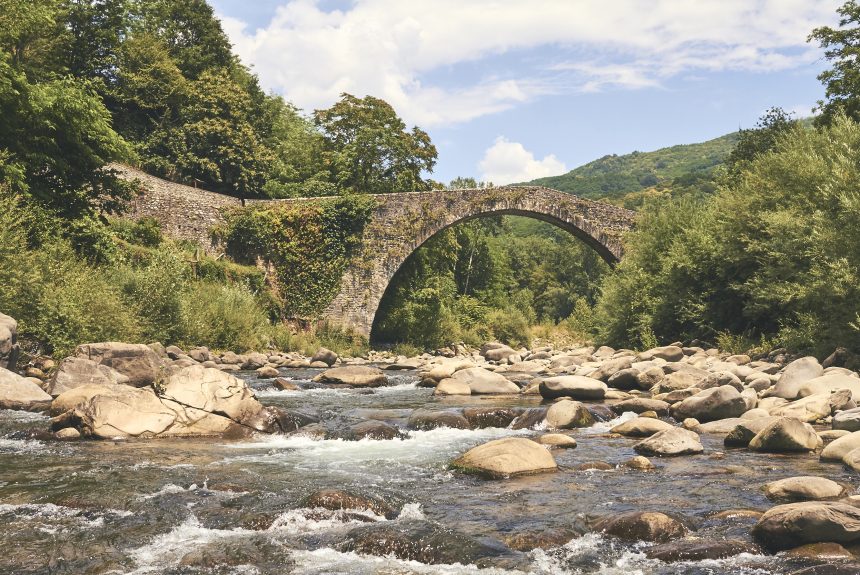
From Fiumalbo to Pistoia – 5 stages – 90 km
From Emilia to Tuscany, this route follows mule tracks and trails through a landscape rich in natural beauty. Suitable for everyone, thanks to the ease with which you can reach small villages—perfect for rest and refreshment along the way.
Click here to learn more about the Cammino di San Bartolomeo.
Cammino di San Jacopo
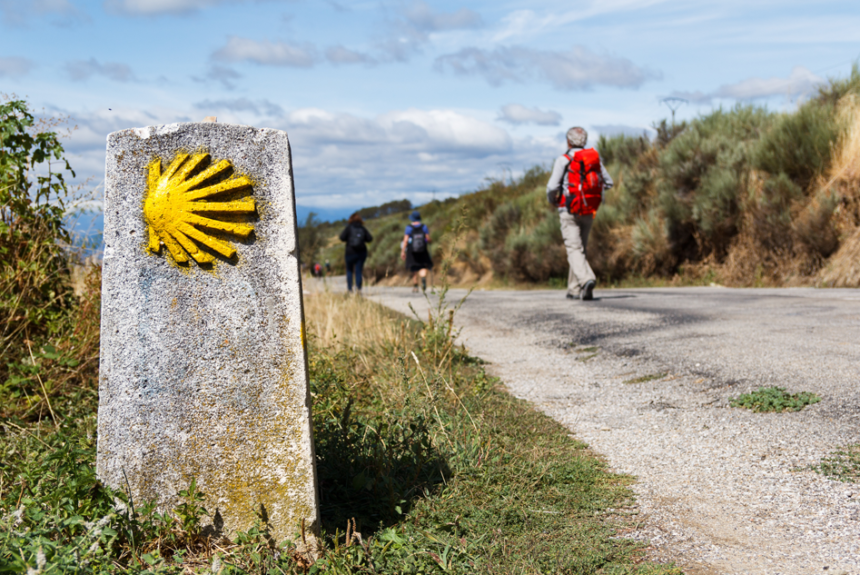
From Florence to Livorno – 6 stages – 174 km
A small “Camino de Santiago” that passes through some of Tuscany’s most beautiful art cities. The Cammino di San Jacopo is an easy route, ideal for first-time pilgrims, thanks to its proximity to towns and the availability of public transportation. Along the way, “donativo” hospitality is available.
Click here to learn more about the Cammino di San Jacopo.
Via Francesca della Sambuca

From Bologna to Pistoia – 4 stages – 96.2 km
The Via Francesca della Sambuca runs parallel to one of the oldest railway lines in the Apennines, the historic Porrettana Railway. From Bologna to Pistoia, passing through Porretta Terme, it’s still possible to pause your walk and enjoy part of the journey by train, then rejoin the route at your own pace.
Click here to learn more about the Via Francesca della Sambuca.
idee-incluso
idee-non-incluso
idee-informazioni
idee-prenota
experience the territory

